There can be your advertisement
300x150
What to Pair Dark Floors With? 5 Tips, 30 Examples
Dark floors are a complex element in interior design. Depending on the surroundings, they can look luxurious or, on the contrary, heavy and gloomy. Are you thinking about how to complement dark flooring? We've gathered several ideas that will help emphasize the best properties of this trend.
1. Finding Balance
A winning option is to balance dark floors with light vertical surfaces. White walls suit minimalist design, while pastel yellow or blue tones help create a classic-style interior.
However, such a color combination looks quite strict, so designers recommend adding a few contrasting shades through decor. Another worthy option is to pair dark wood floors with a coffee-colored wall scheme. An interesting look also comes from combining dark floors with gray walls, although in this case, it's better to choose warm surface tones.
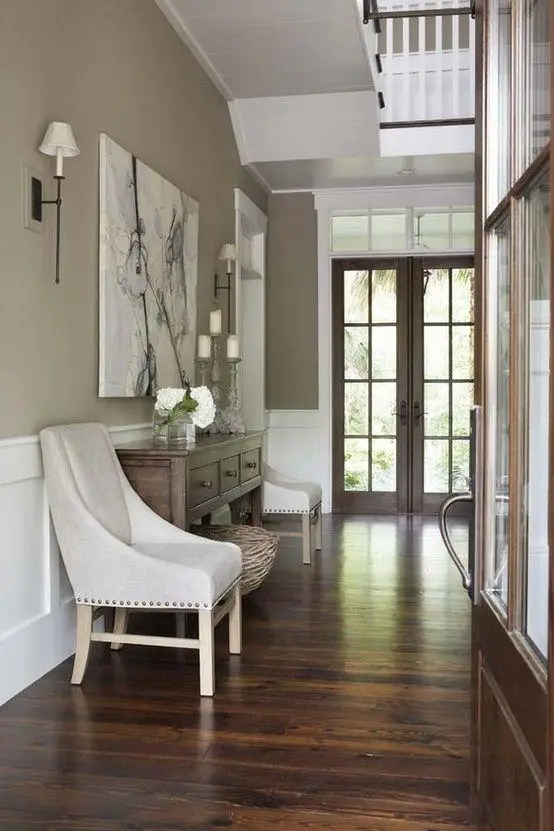



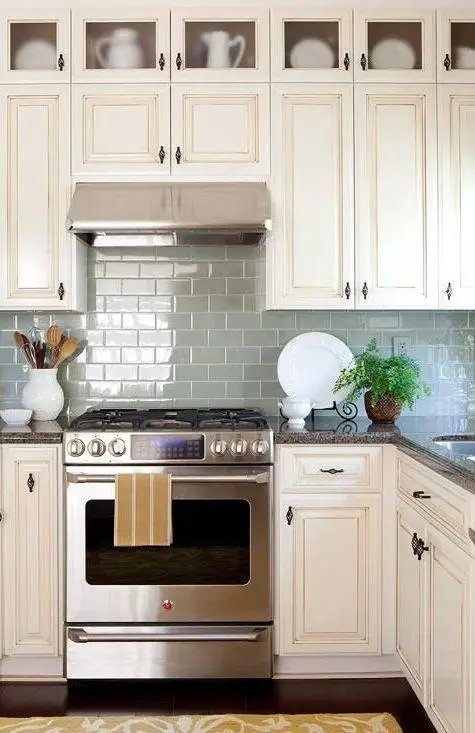
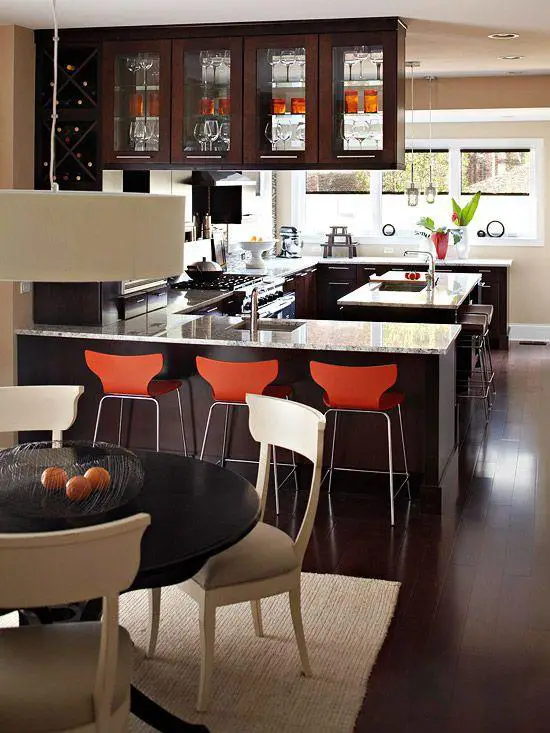
2. Choosing Furniture
When it comes to furniture color, design knows no taboos. A classic combination is to complement dark floors with furniture of the same color, but a few shades lighter. Absolutely white furniture is also not prohibited for dark floors: in this case, you can play on the contrast of tones.
The floor color can also be emphasized—for example, by matching furniture legs to the same shade. This technique works best in truly spacious rooms that won't suffer visually if they appear narrower. Ecological motifs in interior design can be achieved by combining furniture of different wood types and colors. If you're choosing such variety, don't forget to provide neutral walls and plan the lighting scenario. An abundance of live plants can also be a great addition to such an interior.

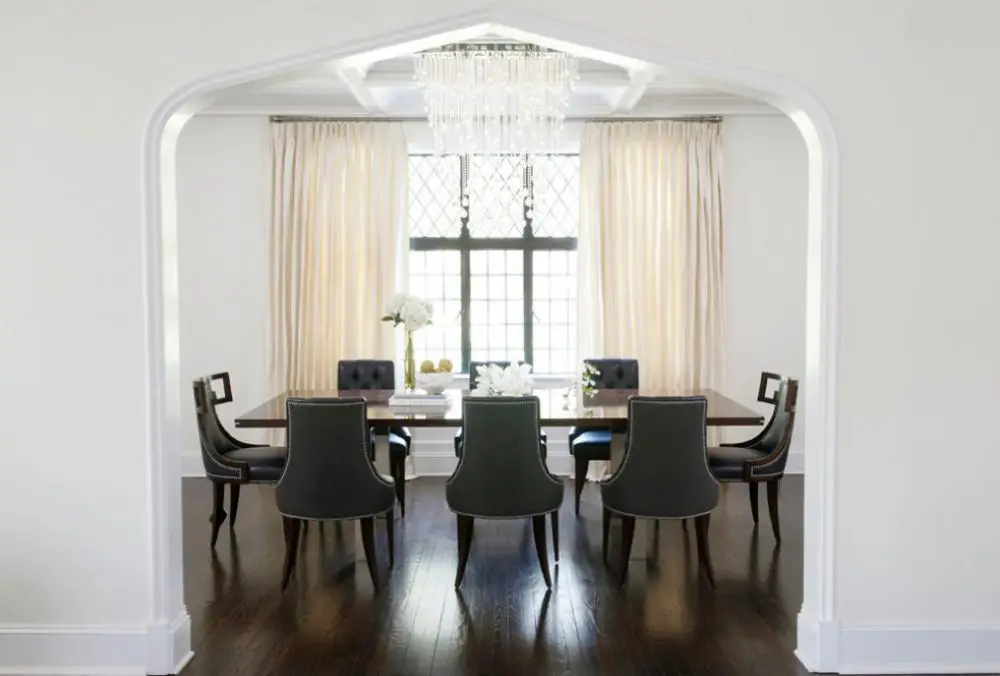

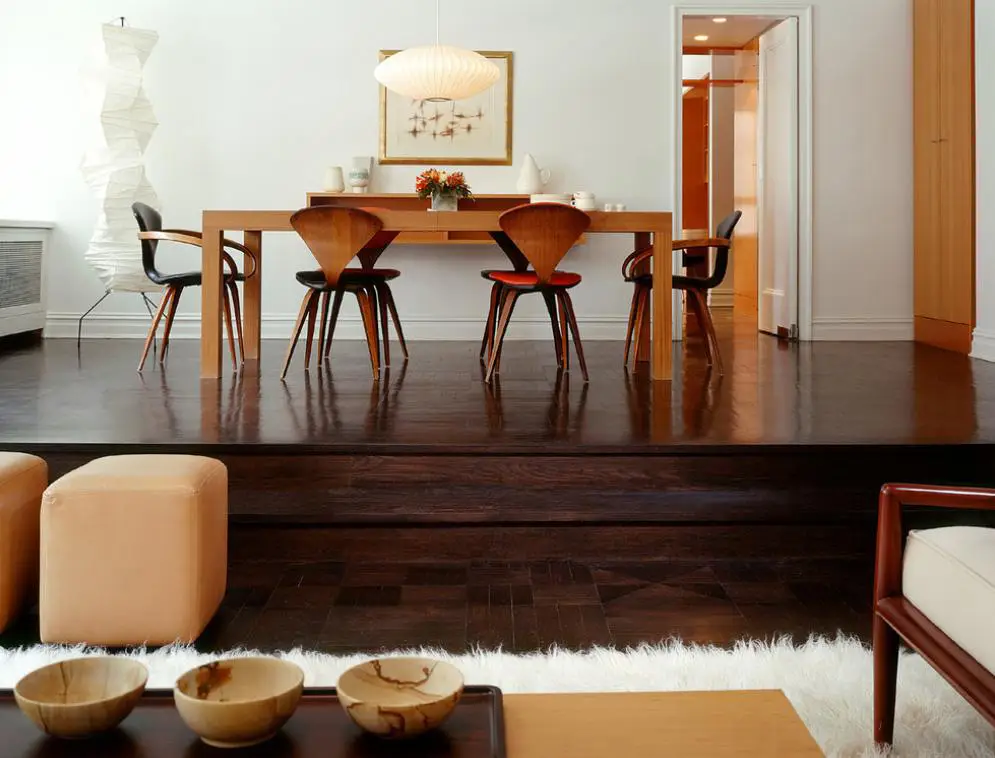

3. Enhancing with Textiles
If you're not planning a renovation, the floor color can be played with using textiles. Light rugs or hides help brighten dark material and add lightness to the interior. Long, light curtains also serve the same purpose: no matter what, dark floors visually shorten wall height, and vertical folds of textiles work in the opposite direction. Any Eastern textiles pair well with dark floors. Knitted rugs with geometric patterns not only add ethnic color but also make the interior more dynamic.
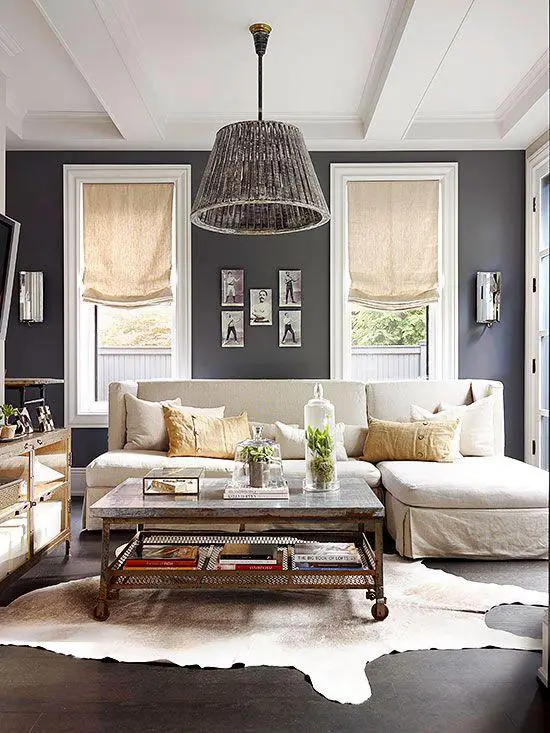

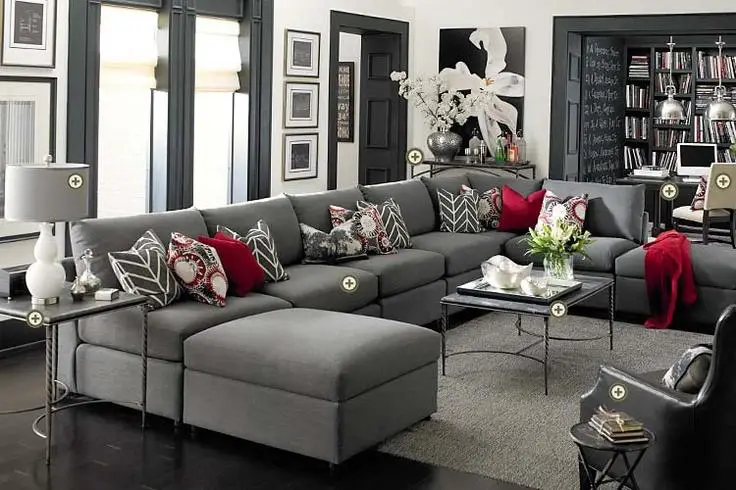
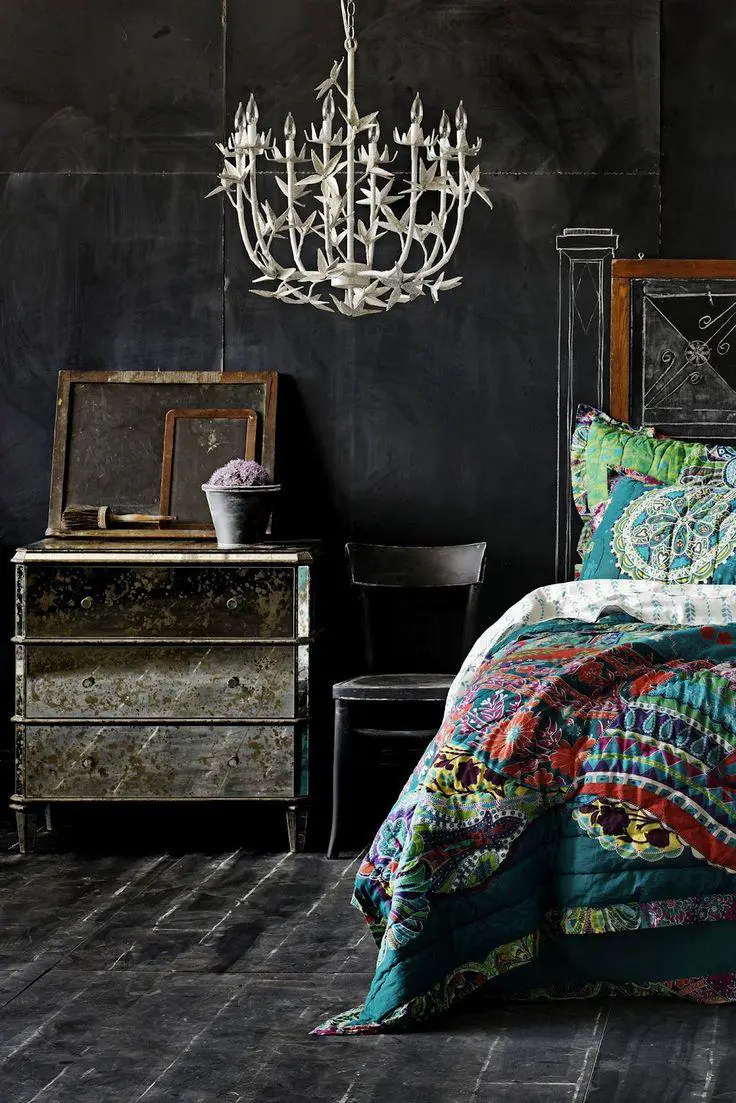
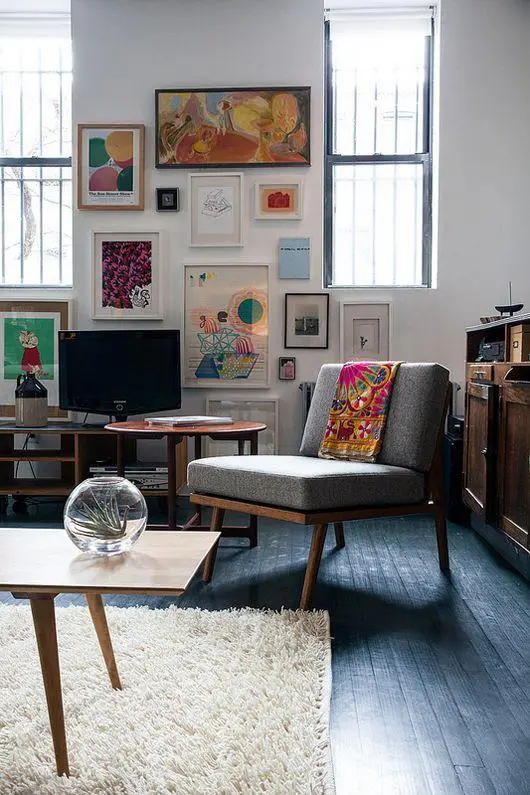

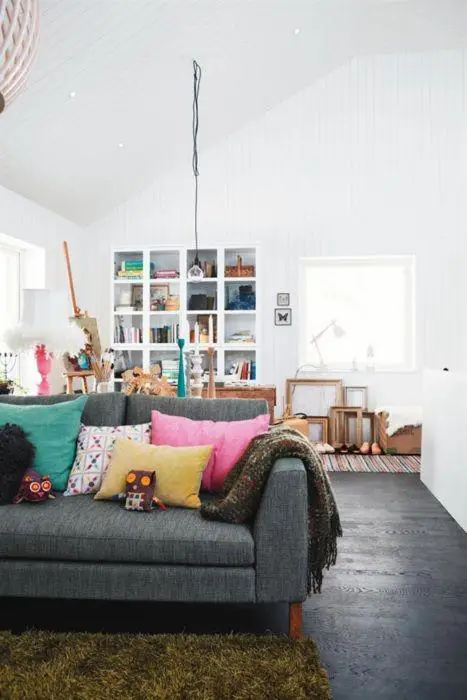
4. Exploring Texture
Creating relationships between the floor and other horizontal surfaces is not the most obvious design approach, but as practice shows, it helps structure space well. Matte floor surfaces pair with glossy countertops: for example, in a kitchen, marble worktops are often used, while in the living room, glass coffee tables are common. Glossy floors require textural support such as ribbed sofa upholstery.
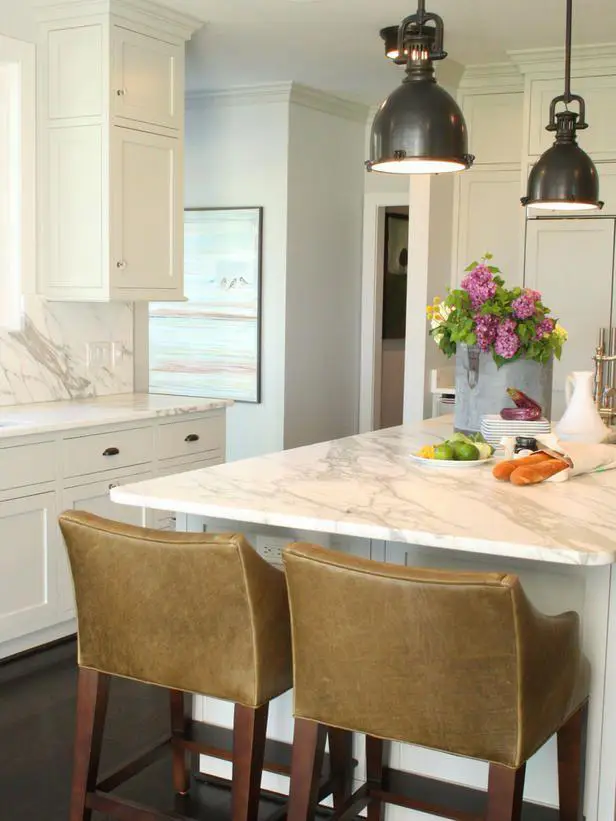
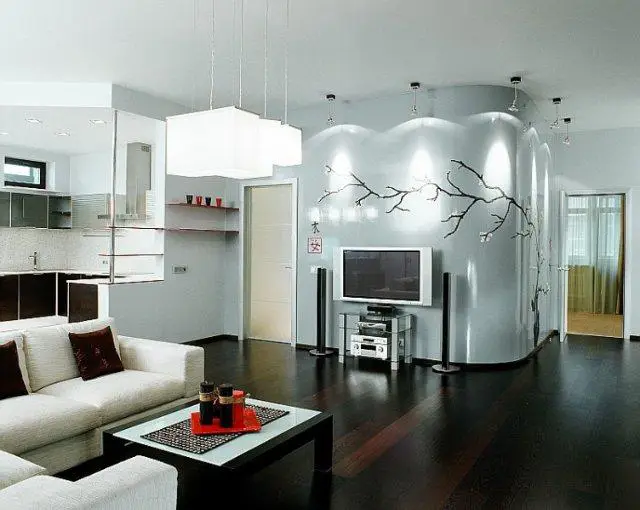
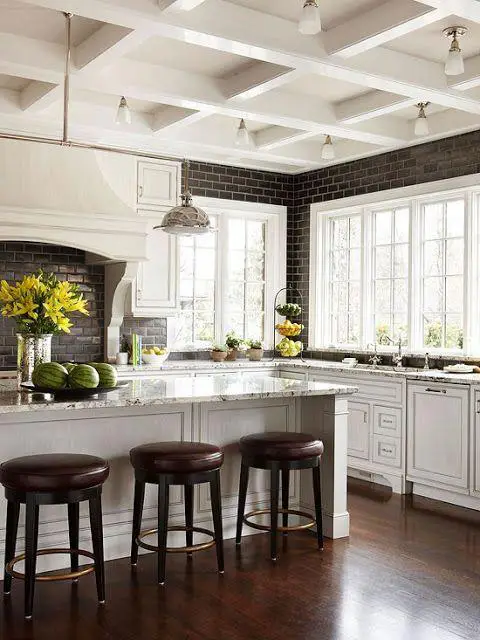
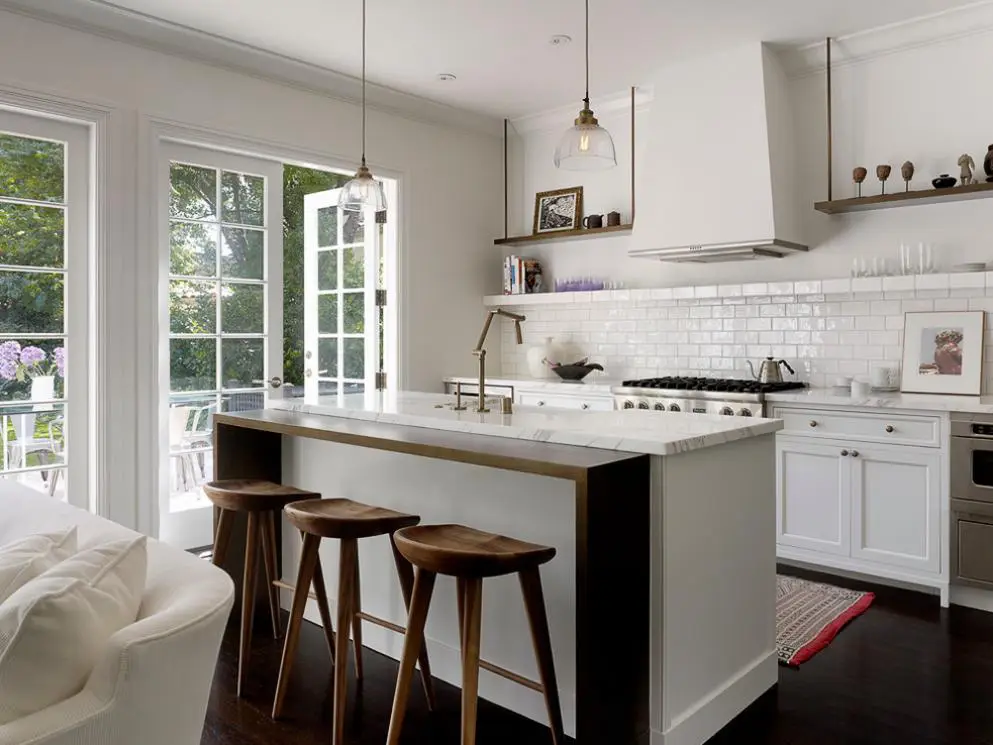

5. Decorating with Accessories
A rich floor color, regardless of the overall interior palette, should be accentuated with details in similar tones. These can include picture frames, lighting fixtures with dark bases, or even wicker baskets—provided the accessories align with the overall stylistic concept.
Combining several textures can help solve the issue of flatness in spaces with dark floors. Cast iron and forged elements, rattan and bamboo, and decorative fabrics can bring life to the room and make the atmosphere less static.



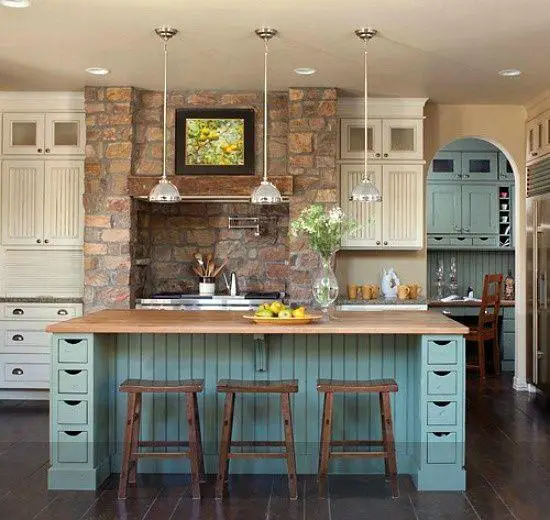
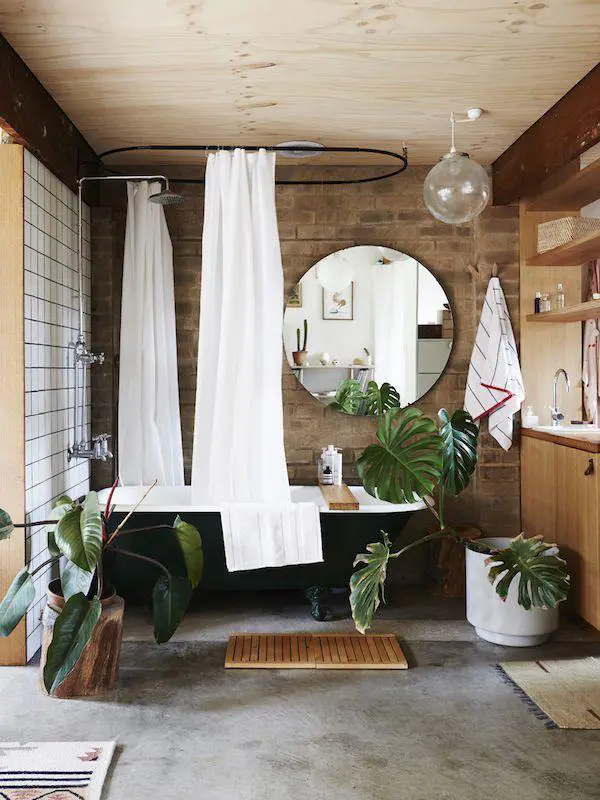
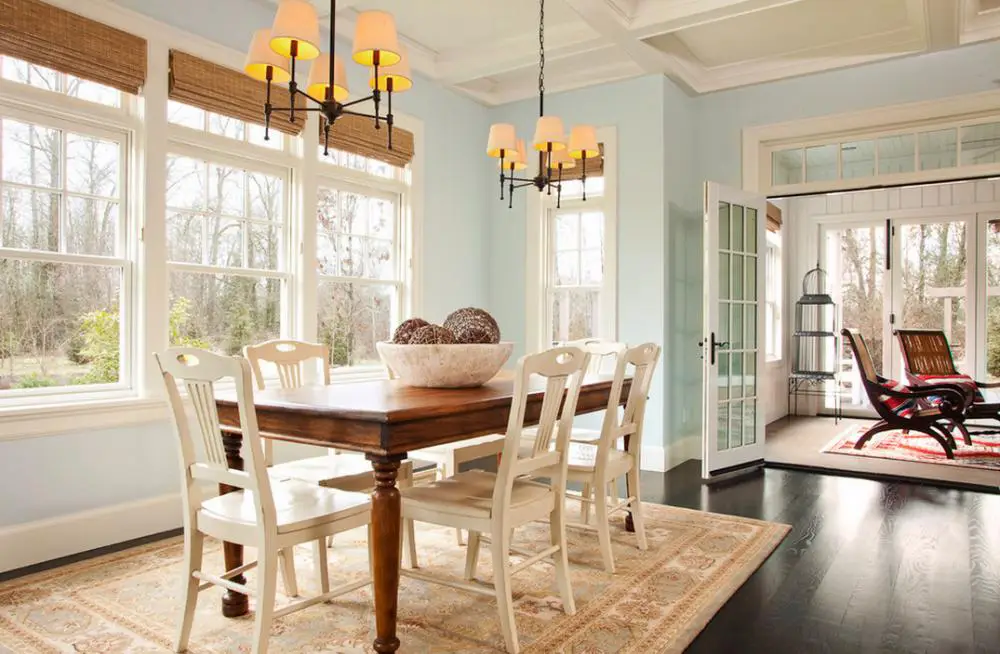
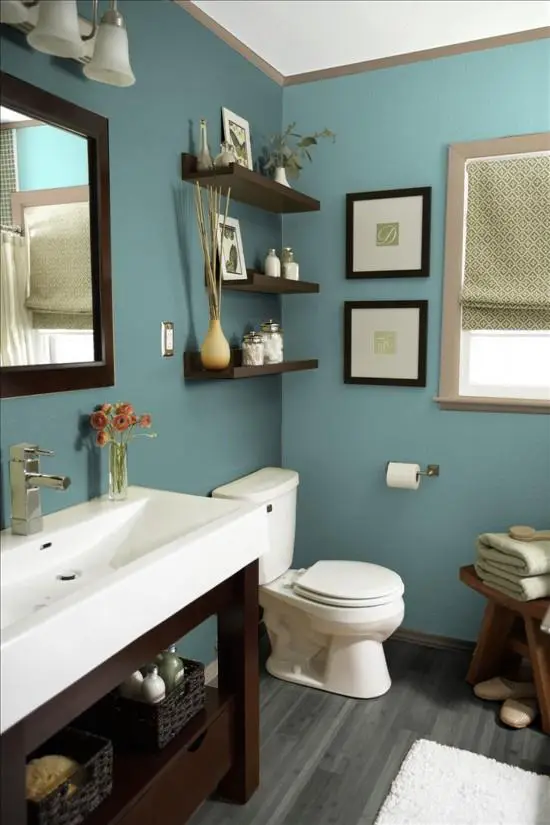
More articles:
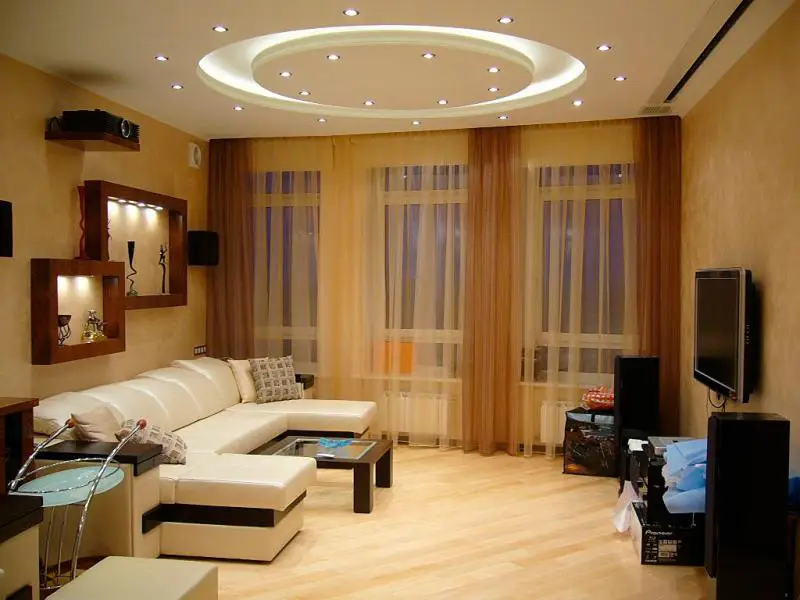 Living Room Design. Details of Interior Decoration
Living Room Design. Details of Interior Decoration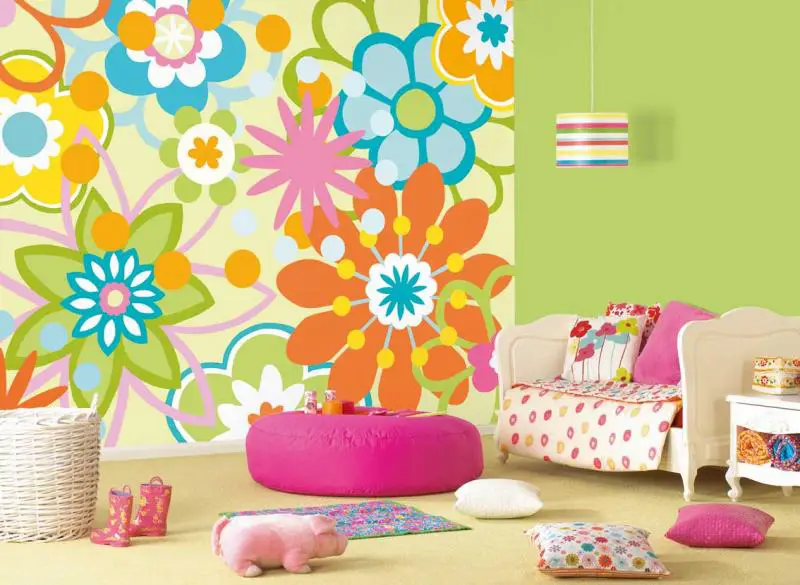 Types of Children's Rooms
Types of Children's Rooms Living Room-Children's Room Design. Be Careful, Toys and Construction Sets Are on the Floor
Living Room-Children's Room Design. Be Careful, Toys and Construction Sets Are on the Floor Living Room Design. Minimalism, Order and the Essentials
Living Room Design. Minimalism, Order and the Essentials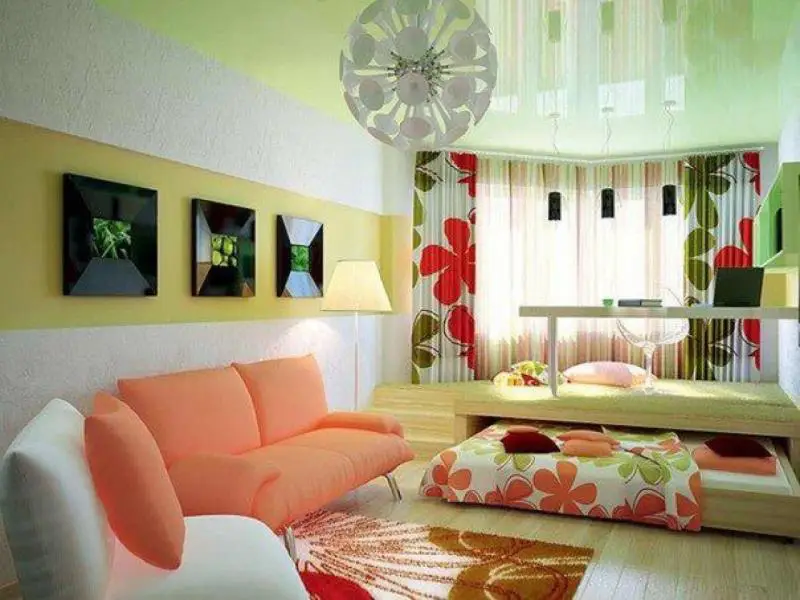 Living Room Design Combined with Other Rooms
Living Room Design Combined with Other Rooms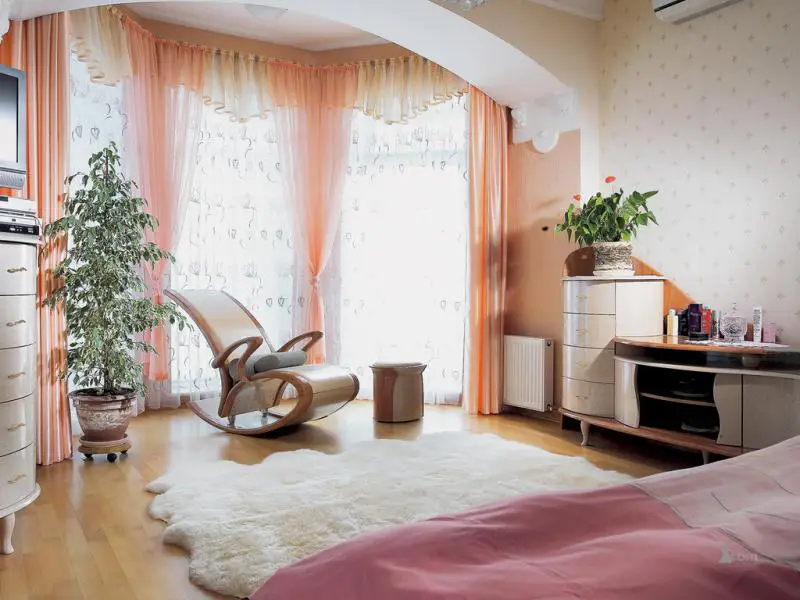 Living Room Design with Bay Window. More Light and Space
Living Room Design with Bay Window. More Light and Space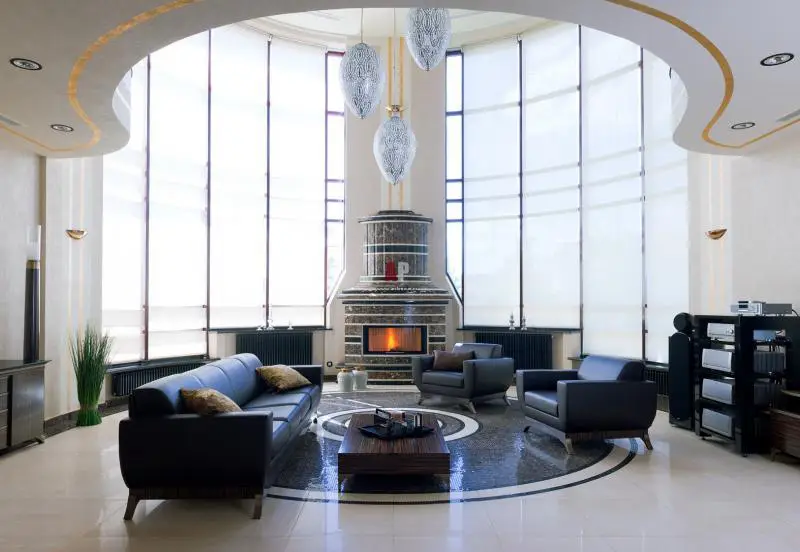 Living Room Design with Bay Window. Additional Functional Zone
Living Room Design with Bay Window. Additional Functional Zone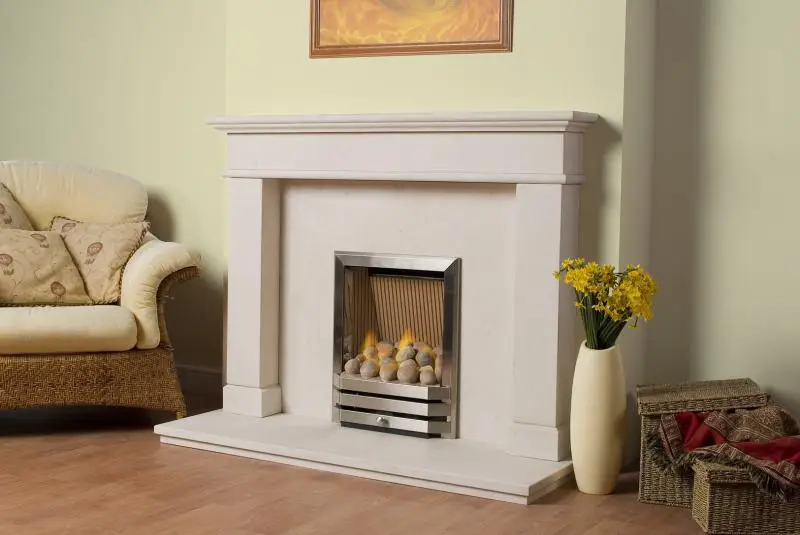 Living Room Design with Fireplace
Living Room Design with Fireplace